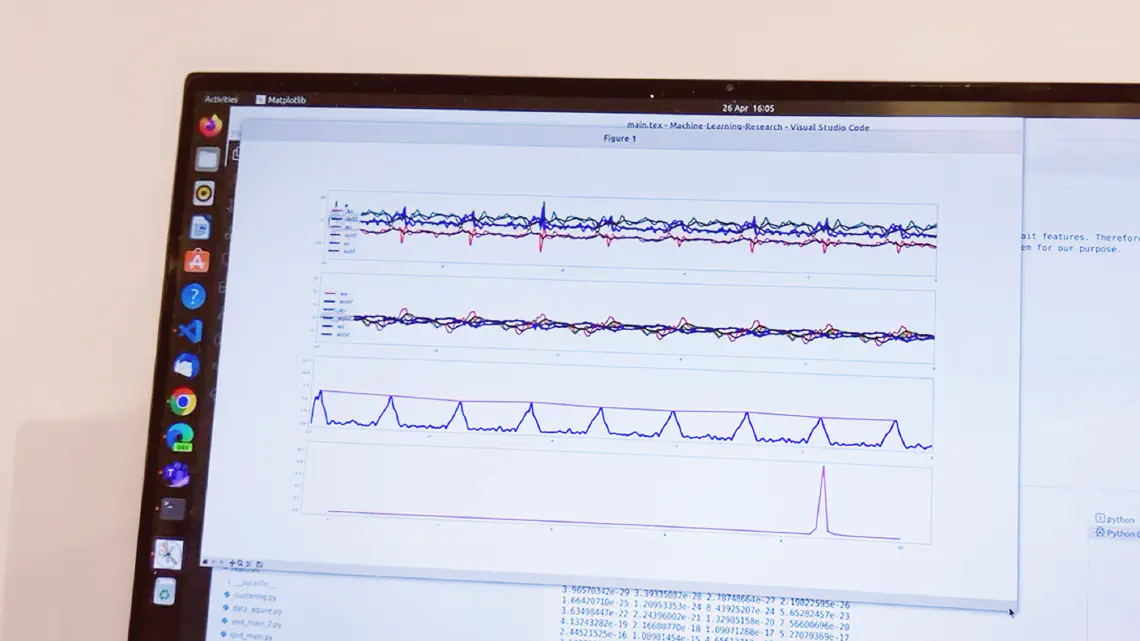In our previous post, About Cueing, we discussed walking as being a rhythmic pattern. However, this is only part of the story. Walking can also be highly erratic. For instance, it has been demonstrated that step time can be ‘chaotic’ under specific conditions and can change from one step to the next. This variability is highly pronounced in People with Parkinson’s (PwP) and can be an indicator of their walking ability. Several metrics can be used to give an indication of gait quality. These metrics come under the category of digital endpoints; essentially a set of measures extracted from, potentially, non-clinical settings but never-the-less valuable for clinical decision-making.
Gait in PwP can be slow, with short stride length, decreased rhythmicity, and increased stride time variability. Moreover, Parisi et al. 2014 has shown correlations between spatial and temporal gait metrics and gait task-related MDS-UPDRS scores included in Part III of the test. Herfurth et al. 2015 show evidence that step length and gait velocity can be predictors of training outcomes. Step length can predict executive dysfunction in individuals with Parkinson’s (Amboni et al. 2008). Overall, evidence indicates that progress made in estimating gait metrics contributes directly to the computation of the UPDRS scores.
At gaitQ®, we develop and test algorithms for computing the gait metrics such as step frequency, step count, step length, coefficient of variation and double support time employing traditional machine learning techniques and graphical models. We expect these algorithms to be beneficial for monitoring gait quality and the effectiveness of interventions.
- NCBI
- Georg Ebersbach, Caroline Moreau, Florin Gandor, Luc Defebvre, and David Devos. Clinical syndromes: Parkinsonian gait. Movement Disorders, 28(11):1552–1559, 2013.
- Catherine Cho, Mikhail Kunin, Koji Kudo, Yasuhiro Osaki, C Warren Olanow, Bernard Cohen, and Theodore Raphan. Frequency-velocity mismatch: a fundamental abnormality in parkinsonian gait. Journal of neurophysiology, 103(3):1478–1489, 2010.
- Smulders K, Dale ML, Carlson-Kuhta P, Nutt JG, and Horak FB, “Pharmacological treatment in Parkinson’s disease: Effects on gait,” Parkinsonism Relat Disord, vol. 31, pp. 3–13, October 2016.
- Amboni, Marianna, et al. “Freezing of gait and executive functions in patients with Parkinson’s disease.” Movement disorders: official journal of the Movement Disorder Society 23.3 (2008): 395-400.
- Parisi, Federico, et al. “Low-complexity inertial sensor-based characterization of the UPDRS score in the gait task of parkinsonians.” Proceedings of the 9th International Conference on Body Area Networks. 2014.
Herfurth, Manon, et al. “Gait velocity and step length at baseline predict outcome of Nordic walking training in patients with Parkinson’s disease.” Parkinsonism & related disorders 21.4 (2015): 413-416.
